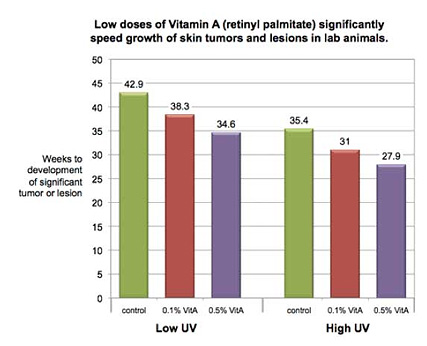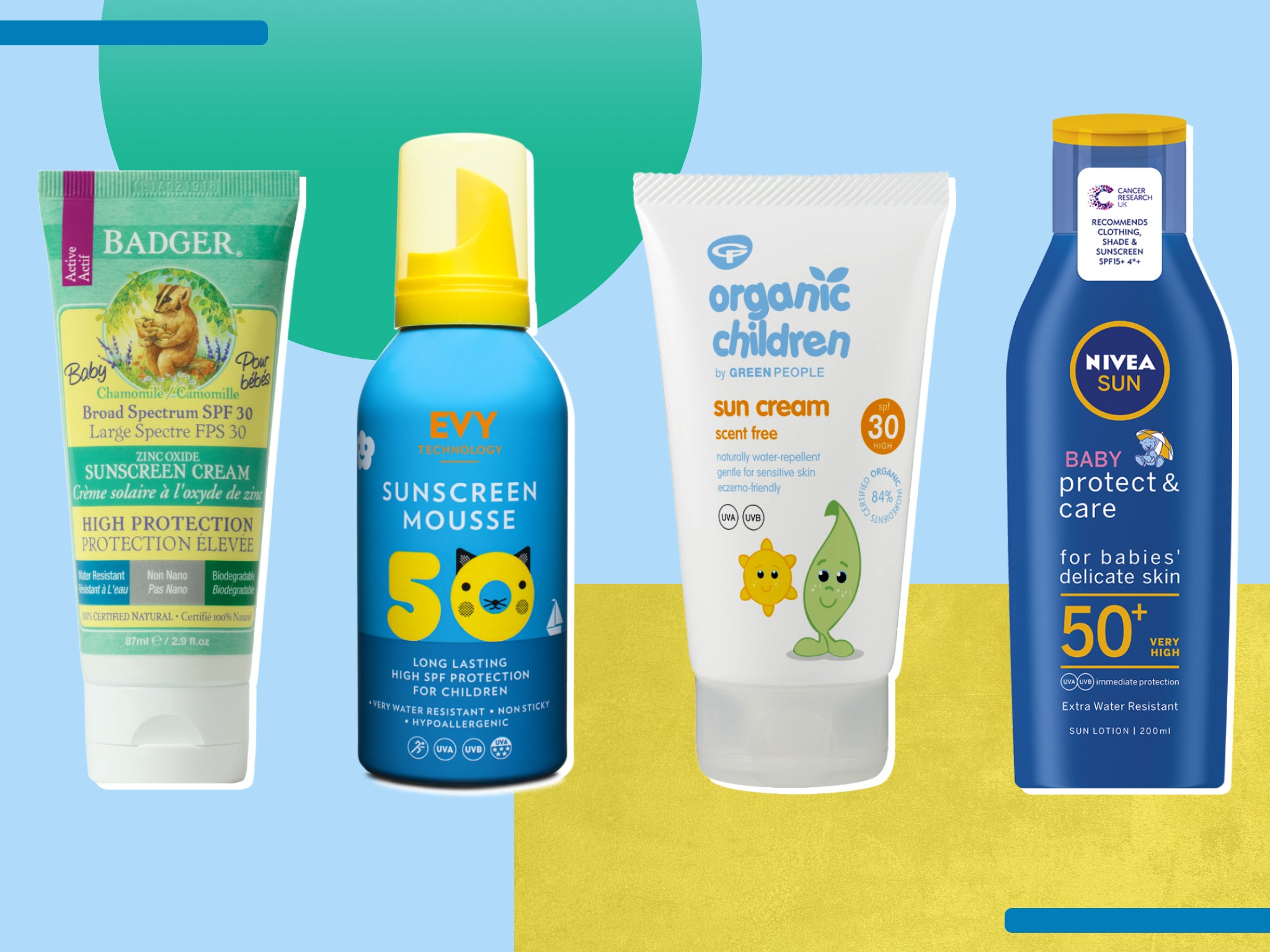

Although, feel free to bookmark this post once you’re scrolling through shops! Picked up on all of that? Good! Now, let’s get to the nitty-gritty of picking out the best kind of kids’ sunscreen for your next trip in the blue or watersports adventure! As with the other sections, this bit’s easy to read and remember. The sun is nice but it can be damaging 😢 How Do I Select the Right Kids’ Sunscreen for my little one? Lastly, you can expect this type to start working 15-30 upon application. It lasts longer and the kids won’t have to endure that extra sticky feeling. It doesn’t wash off as easily as mineral sunscreens do either.
Best sunscreen for kids skin#
You can expect no whitish coating left on their skin upon application. Then it proceeds to release that heat from their bodies. This happens because it converts the light hitting the kiddos’ skin into heat. I mentioned in passing that chemical sunscreens offer protection by absorbing the UV rays like a sponge. That means a whole lot more fun while giving the kiddos the protection they need! Chemical Kids’ Sunscreens It also comes off easily with the splashing water while playing sports or the sweat that comes from the heat and all that big energy.Ī big plus? As the nature of these sunscreens still leave a residue on the skin, you can expect some brands to have it in different colors. This type starts working as soon as you apply it on your children’s skin. They may find it difficult to rub it evenly due to its nature. The presence of these substances is the reason why the kids’ sunscreen stays on top of their skin. You can expect to find zinc or titanium in the list of ingredients, similar to sunblocks. Mineral Kids’ SunscreensĪs I’ve mentioned before, this type acts as a barrier to the sun’s rays by sitting on top of your children’s skin.

While kids’ sunscreen isn’t choosy with the kind of activity your young ones plan on engaging in, you should pick out the best one unique to your children’s characteristics and needs.


Now that you know how kids’ sunscreens differ from sunblocks, you should be aware of the different types of kids’ sunscreens out there. Teach your kids the habit of applying sunscreen! What Types of Kids’ Sunscreen Should I Know about? So, I say it’s a good idea to invest in some sunscreen that can protect your kids from both rays, especially since they plan on spending a long while out in the water. Yes, that means wrinkles.Īnother thing you should note is that both kinds play a role in the formation of skin cancer. While UVA rays penetrate more deeply into your skin, playing a bigger role in premature skin ageing. UVB rays cause the dreaded sunburn your children should really avoid during this time. UVB Rays?ĭon’t worry, I’ll make this easy to understand. On the other hand, sunscreens absorb that radiation through chemicals or act as a barrier against the rays through minerals. Through that mechanism, they physically block the sun’s rays. These substances protect the little ones’ skin by scattering ultraviolet radiation upon contact. Sunblocks contain zinc oxide and titanium oxide. I know I’m zeroing in on kids’ sunscreen, but I’ll be differentiating that with sunblocks to avoid confusion.


 0 kommentar(er)
0 kommentar(er)
